The keys that can be made sticky are ‘Cmd’, ’Ctrl’, ‘Alt’, ’Shift’ and ‘Function (Fn)‘.
Terminology:
‘Alt’ refers to the ‘Option’ key ( ⌥ )
If you have enabled ‘Use F1, F2, etc. keys as standard function keys’ under ‘Keyboard’ settings in ‘System Preferences’ then omit the ‘Fn’ key from the keyboard shortcuts shown in this article.
To activate ‘Sticky Keys’:
- Open the ‘Apple Menu’ by clicking on the Apple icon (
 ) in the Menu Bar, or press ‘Fn’ + ‘Ctrl’ + ‘F2’ to highlight the Apple icon and press ‘Enter’
) in the Menu Bar, or press ‘Fn’ + ‘Ctrl’ + ‘F2’ to highlight the Apple icon and press ‘Enter’ - Click to select ‘System Preferences…’ as shown in Fig 1 or press the down arrow key to highlight it and then press ‘Enter‘.
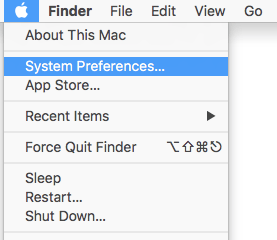
Fig 1 - Click on the ‘Accessibility’ icon or press ‘Tab’ repeatedly (you might need to press ‘Fn’ + ‘Ctrl’ + ‘F7’ first) to cycle through the icons until the ‘Accessibility’ icon is highlighted with a blue border as shown in Fig 2 and then press the ‘Spacebar’.
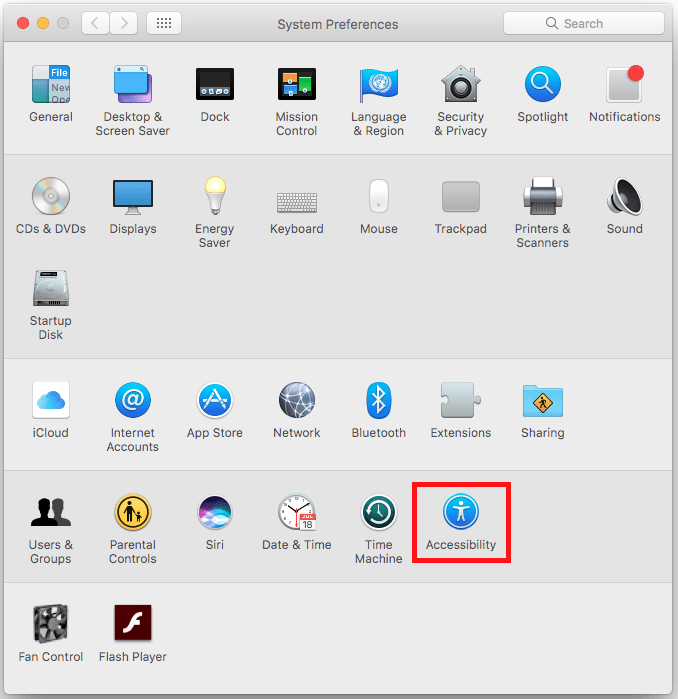
Fig 2 - In the left-hand column, under the ‘Interacting’ area, click on the ‘Keyboard’ item or press ‘Tab’ to highlight one of the options for example ‘Display’ and then press the up or down arrow keys to highlight the ‘Keyboard’ item in blue, see Fig 3.
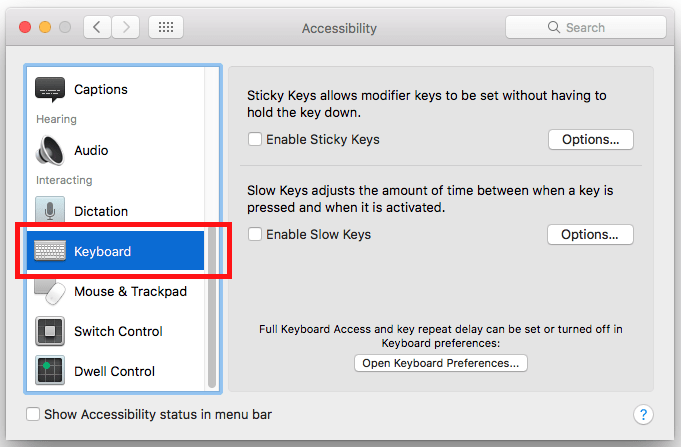
Fig 3 - Click the checkbox next to ‘Enable Sticky Keys’ or press ‘Tab’ until the checkbox is highlighted and press ‘Spacebar’, see Fig 4.
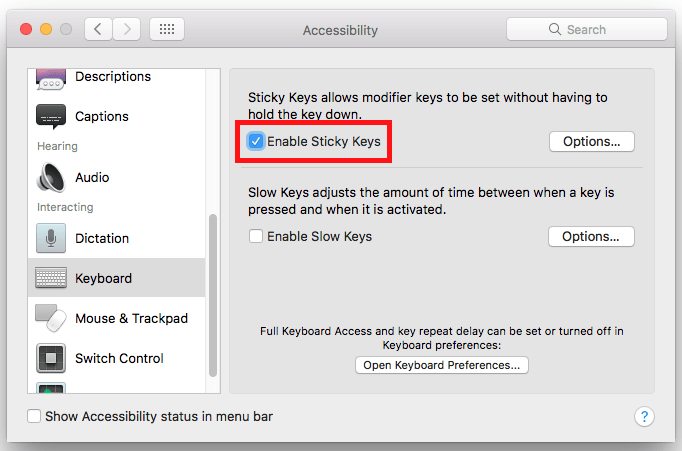
Fig 4 - If you’d like to have the ability to turn the ‘Sticky Keys’ feature on or off at any time using a keyboard shortcut, click the ‘Options’ button or press ‘Tab’ until it is highlighted and press ‘Spacebar’, see Fig 5.
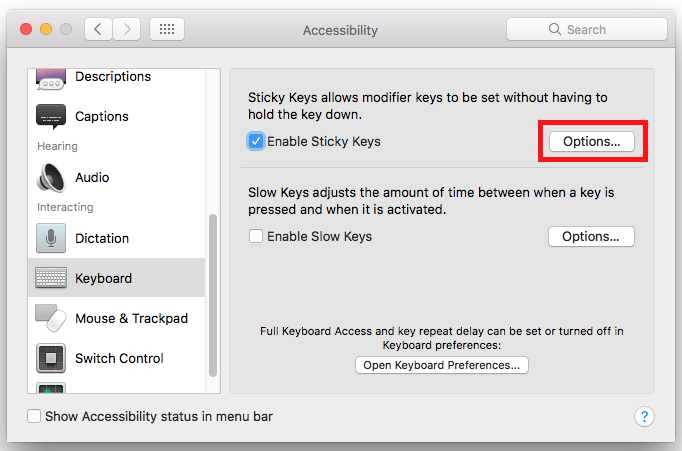
Fig 5 - Click the checkbox next to ‘Press the Shift key five times to toggle Sticky Keys’ or press ‘Tab’ until it is highlighted and press ‘Spacebar’, see Fig 6.Now, whenever you want to turn the ‘Sticky Keys’ feature on or off just press the ‘Shift’ key 5 times in a row.

Fig 6 - When you use ‘Sticky Keys’ an on-screen menu will appear in the top right-hand corner of the screen showing which ‘Sticky Keys’ have been activated and whether they have been pressed once (grey icon) or twice (white icon), see Fig 7.
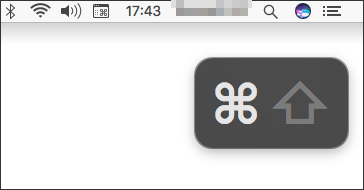
Fig 7 - You can change the position of this on-screen menu under the drop-down menu options for ‘Display pressed keys on screen’, see Fig 8.
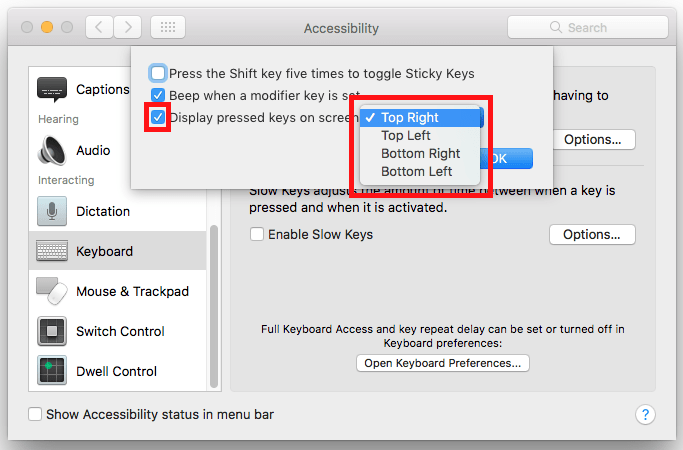
Fig 8 - If you don’t want the on-screen menu to appear, untick the checkbox next to ‘Display pressed keys on screen’, see Fig 8
- When you are happy with your settings click ‘OK’ or press ‘Tab’ to highlight the ‘OK’ button and press ‘Enter’.
- Click the ‘Close’ (red) button at the top of the ‘Accessibility’ window or press ‘Cmd’ + ‘W’ to close the window.
To use the ‘Sticky Keys’ feature press the keys for any shortcut one after the other.
To keep a ‘Sticky Key’ ‘pressed’, press it twice. To ‘unpress’ a key, press it a third time.
See Step 8 and Fig 7 above for an example of the on-screen visualisation of which ‘Sticky Keys’ are active.
Note: If this does not work it could be because your computer settings are managed by someone else (an IT department or administrator for example). If this is the case you will need to contact them to access these settings or for further help.